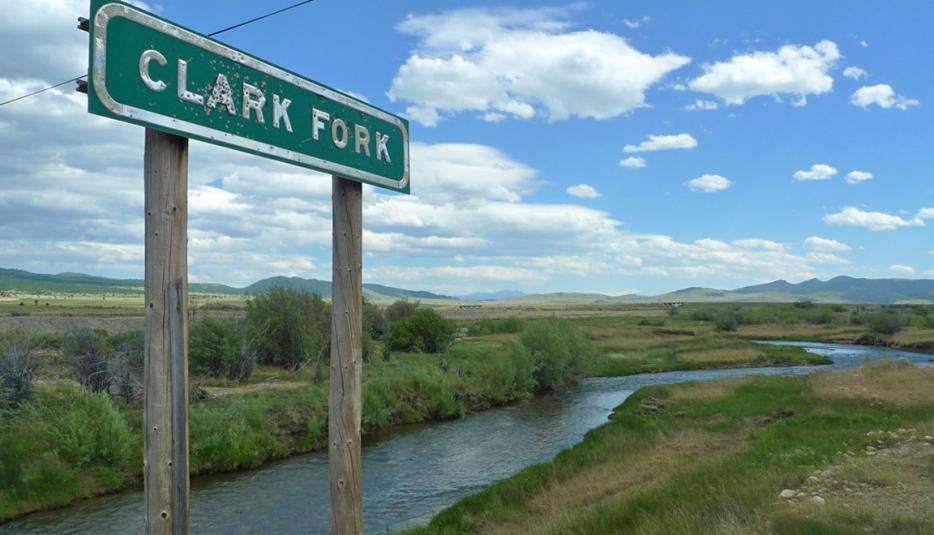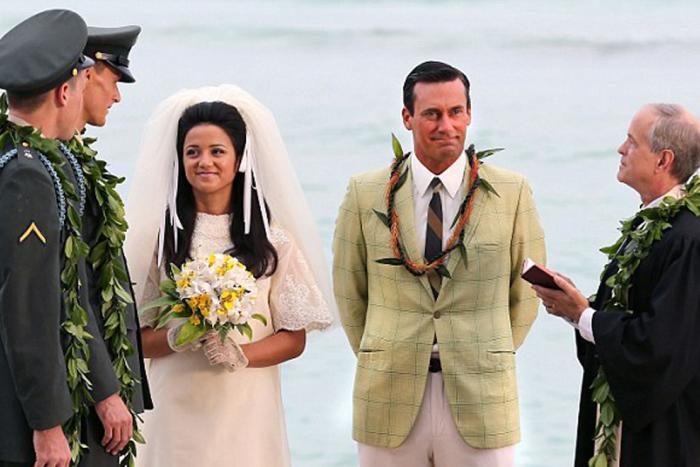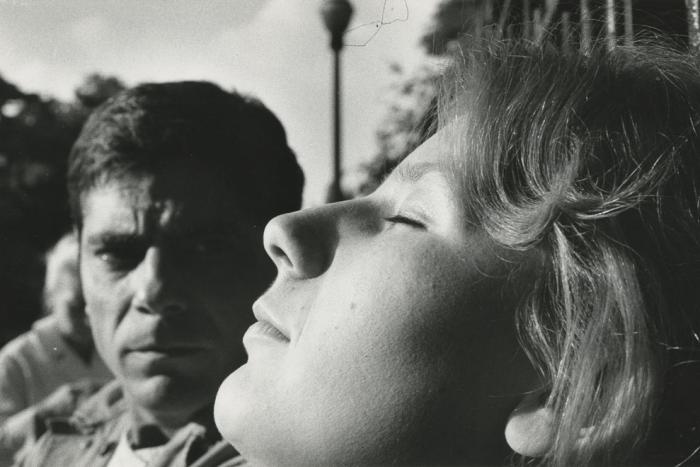If you saw A River Runs Through It (you did, and you cried—don’t deny it), you saw Brad Pitt standing waist-deep in the glorious canyon of a Montana river, casting a fly-fishing rod out over what looks like heaven. They filmed those shots on the Gallatin, a photogenic river that springs up in Yellowstone Park and cascades down through blue mountains and green valleys to join the Missouri. It’s what birds wake up singing about.
About an hour west, there’s another river called the Clark Fork. You can fly-fish on that river, too. You can canoe down it, following the current in sweeping curves, watching for beavers and trout. The difference is that the Clark Fork isn’t so naturally good-looking; it’s been engineered to look like heaven. Actually, its architects aren’t aiming so high—they’re just trying to make it look like Earth.
When someone moves to a new country and progresses through the stages of citizenship, we say that they are “naturalized.” When we “naturalize” nature, we also demand that it live by our rules. Rivers in Montana are supposed to be curvaceous, clear, and stocked with rainbow trout. It’s a cultural construction as much as a natural one; there’s a specific vista that encapsulates what Montana means to Americans.
The Clark Fork was ruined by copper mining, and the current restoration project involves scooping up as much of the contaminated soil as possible, dumping it somewhere else, and moving the river over a few steps to the right. The EPA is calling the new riverbed its “new original” channel. The word for what’s being done is “remediation,” which makes it sound like the river wasn’t reaching its potential in math class. Brad Tyer’s new book, Opportunity, Montana: Big Copper, Bad Water, and the Burial of an American Landscape, examines how well intentioned environmental cleanup efforts have resulted in what, Tyer tells us from his canoe, is the most fucked up river he’s ever seen.
There’s a certain iconic simplicity to our view of nature. “An archetypical river turns in S-shaped swerves, just as trees have black holes in the trunks where squirrels live and houses have peaked roofs and smoke coming out the chimneys,” writes Tyer. In aerial view, a section of the Clark Fork “looks like a child’s drawing of a snake.” In Tyer’s opinion, it’s too much of a “river” to be a river.
The question of what is and isn’t natural has been bruited about for about as long as humans have been able to differentiate themselves from something they defined as “nature.” Aristotle’s definition of what “the nature” of something was involved both what the thing is now and what it will, unless stopped, become in the future—a calf will grow into a cow, an acorn into an oak tree. Then we introduced the Hebrew god into the equation, who pretty much implied that the nature of nature was to serve our needs. Then we got preoccupied with what “human nature” was—are we naturally good or bad? Current debates about gay marriage often see detractors envisioning human nature in shapes as caricatured as a snaking river—unless stopped or misdirected, people are “naturally” attracted to the opposite sex.
You can blame Edison for inventing the lightbulb, a marvel that started with a loop of copper wire and ends with 439 pounds of copper in almost every house in America. You can blame Karl Benz for the Motorwagen, which started with tricycle wheels and ended with more than one billion gas-powered cars travelling the world by 2011. You can blame Leo Baekeland for bakelite, the first plastic synthetic, which started with telephone receivers and ended with the Great Pacific Garbage Patch, a Texas-sized island of floating plastic off the coast of Hawaii. No matter who you blame, nature isn’t what it used to be. Landscape untouched by human activity is arguably non-existent.
A friend visiting me in the Czech Republic once presented us with a gift. It was a bouquet of red and yellow tulips, wrapped in brown paper. When we unwrapped them, there was an awkward pause before the friend I lived with asked, “Are they real?” I reached out to stroke a petal and touched plastic. In the Czech Republic, sidewalk stalls sell fake flowers alongside real ones—the distinction between the natural and the artificial isn’t seen as important because the plastic flowers are also pretty. But we weren’t used to that idea, and we were all embarrassed. It felt like holding a baby and then, after cooing to it for half an hour, realizing it was a robot. We had thought the flowers were alive, but they had never been beings like us at all.
I don’t think I’m the only one who finds it oddly reassuring to see photos of abandoned cathedrals, highways, and parking lots become jungle gyms for climbing vines. Or The World Without Us, which predicted that if all humanity evaporated, in five hundred years all that would be left in the vast forest would be pot handles and radio waves. Of the “new original” river, Tyer remarks, “The critters don’t mind...Unlike the unreconstructed river upstream, the banks here are crowded with mature willows and grass. Fish dart through the riffles and ducks feed beneath the surface. In a little more than six miles of slow floating, I saw four beavers slap their tails in passing.”
On a camping trip two summers ago, we pitched our tents one evening and found, in the morning, a plant growing nearby had twined itself around one of the tent poles in the night.






